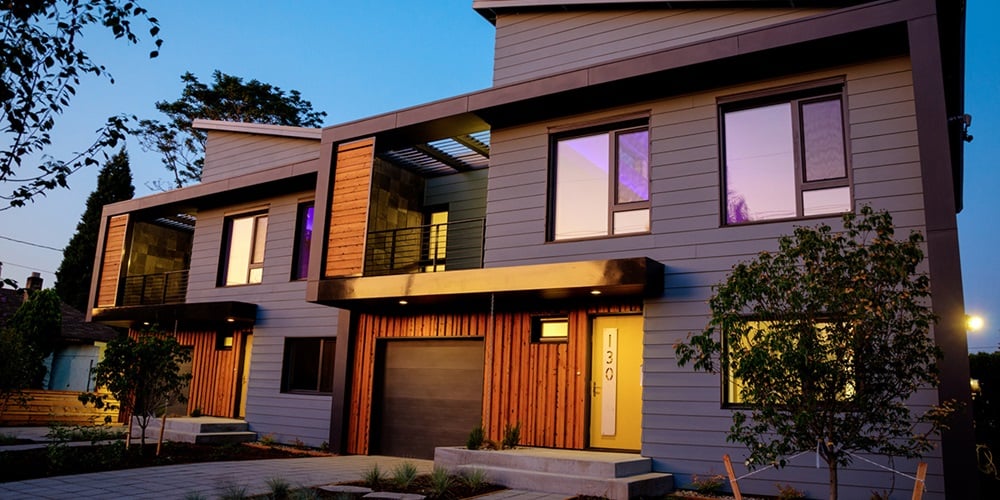As the world increasingly turns towards sustainability, understanding which materials to use in construction is more important than ever. A comprehensive green construction materials list becomes crucial for builders and homeowners aiming to reduce their environmental footprint. By choosing these materials, you not only promote environmental health but also ensure long-term savings and efficiency.
Incorporating green construction materials into a project means utilizing resources that are environmentally responsible and sustainable. These materials often come with benefits such as improved health due to fewer chemical emissions, energy efficiency, and reduced waste.

Benefits of Using Green Construction Materials
Adopting a green approach in construction offers a wide array of benefits, both for the environment and the inhabitants.
1. Enhanced Durability
Green building materials are often more durable and need less maintenance than traditional materials. This durability can reduce repair costs and extend the lifespan of a building.
2. Improved Air Quality
Many sustainable materials are non-toxic, reducing emissions and improving indoor air quality, which is beneficial for the health of the occupants.
3. Energy Efficiency
Materials that promote energy efficiency help in reducing the energy consumption of a building. This can significantly lower utility bills and lessen reliance on non-renewable energy sources.
4. Significant Cost Savings
While some eco-friendly materials might have a higher upfront cost, they often pay off in the long run due to energy savings, durability, and minimal maintenance.
Key Green Construction Materials
Let’s delve into some of the essential green construction materials widely used today.
1. Recycled Metal
Using metals like steel and aluminum, which can be recycled multiple times without losing their strength, contributes significantly to sustainability in construction. They are versatile and can be used in various building components.
2. Bamboo
Bamboo stands out due to its rapid growth and ample availability. Its strong, flexible, and suitable for a variety of construction purposes such as flooring and cabinetry.
3. Reclaimed Wood
This is wood that has been repurposed from older buildings. It’s an excellent way to recycle material, reduce waste, and bring a unique aesthetic to new constructions.
4. Insulated Concrete Forms (ICFs)
ICFs are a revolutionary material in sustainable building, offering excellent insulation and cut down on energy consumption for heating and cooling.
5. Solar Tiles
Solar tiles, beyond their eco-friendly nature, contribute to energy production by harnessing solar power. These tiles help in turning a building into a self-sustaining energy source.
Practical Applications of Green Materials
Integrating eco-friendly materials is not just about choosing the right raw materials but implementing them creatively.
1. Structural Support
Materials like recycled metals and concrete variants can provide robust structural support while maintaining sustainability.
2. Flooring Solutions
Choosing bamboo or reclaimed wood for flooring not only provides a stunning aesthetic but also supports the environment.
3. Insulation
ICFs and other green insulation materials can significantly enhance energy efficiency and comfort.
4. Roofing and Exterior Cladding
Sustainable options like solar tiles and recycled steel ensure durability and contribute to a building’s energy efficiency.
Challenges in Adopting Green Materials
While the benefits are substantial, incorporating green construction materials poses some challenges.
1. Initial Costs
Many eco-friendly materials have higher initial costs, deterring some builders and homeowners from opting for them.
2. Limited Availability
Some materials, despite being eco-friendly, are not widely available everywhere, limiting their application.
3. Resistance to Change
There is often resistance from traditional builders unfamiliar with the benefits and application of green materials.
Overcoming Barriers in Green Construction
With the right strategies, these challenges can be effectively mitigated.
1. Government Incentives
Pursuing government incentives can offset the higher costs of green materials.
2. Educating Stakeholders
Increasing awareness and education about the long-term benefits of green construction can overcome resistance.
3. Investing in Local Production
Encouraging local production of sustainable materials can tackle the issue of availability and cost.

Conclusion
Creating an environmentally friendly future in construction involves making informed materials choices. By compiling a detailed green construction materials list, builders can design and create structures that are not only durable and cost-effective but also environmentally responsible.
For more insight on making your projects more sustainable, consider checking U.S. Green Building Council for resources and guidance.
FAQs
What qualifies as a green construction material?
Green construction materials are those that reduce the environmental impact of buildings through recycled content, low emissions, and sustainability in production.
Are green construction materials more expensive?
They can be initially expensive but often lead to cost savings in energy, maintenance, and durability over time.
How can builders ensure green material choices?
Builders can ensure sustainable choices by sourcing respectable suppliers and staying informed on green building standards and certifications.
This article contains affiliate links. We may earn a commission at no extra cost to you.




